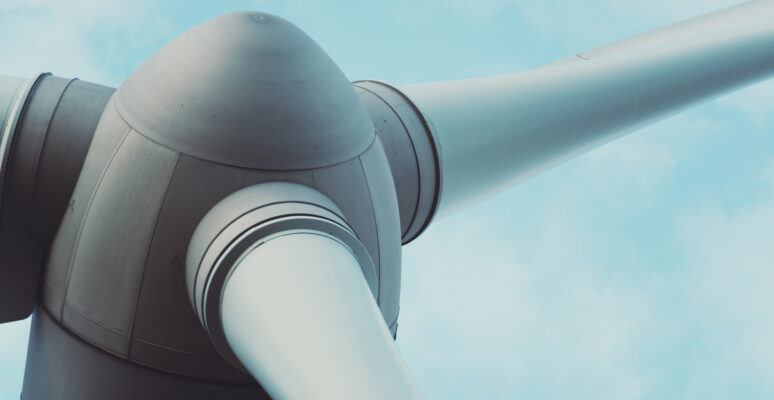
Funding worth over £1m will see the University of Hull help Siemens Gamesa tackle a key challenge in the construction of offshore wind turbine blades.
Professor Jim Gilbert, Research, Development and Innovation lead for Aura and Professor of Engineering, will be leading on the exciting new project, which involves teams from the Faculty of Science and Engineering, Aura and the Energy & Environment Institute.
Turbine blades are made using a resin which is injected into a complex mould. However, due to the length of wind turbine blades – currently over 80 metres and getting bigger – it can be difficult to know whether resin has dispersed evenly through the blade.
If resin is not sufficiently dispersed, the blade cannot be installed and the cost implications can be substantial.
Led by the University, the project is supported by the University of Sheffield’s Advanced Manufacturing Research Centre.
A team at the University of Hull are now working with Siemens Gamesa to address this challenge using fibre-optic sensors embedded along the length of the blade.
If successful, it could have significant cost and efficiency benefits for the offshore wind sector.

Professor Gilbert said: “We are delighted to have secured this significant new funding, which will enable the continuation of a successful partnership with Siemens Gamesa.
“As the offshore wind energy sector continues to accelerate, finding solutions to challenges such as this will be essential to ensure the UK can meet its ambitious Net Zero targets.
“This project builds on the University of Hull’s reputation as an expert in low-carbon energy, technology and sustainability, and also as a key stakeholder in the Humber region.”
Fibre-optic sensors installed along the length of the turbine blade will make it possible to know what is happening inside the mould as resin is injected – something which is very difficult using conventional sensors.
The sensors will be able to monitor the temperature of the resin, how it is flowing along the blade, and whether it is curing at the rate it is expected to.
One of the reasons fibre-optic sensors are so important is they must be able to withstand the lightning strikes and storms offshore wind turbines encounter while operational.
With a total research value of £1.25m, £1m of funding has been provided by the Engineering and Physical Sciences Research Council (EPSRC).
It is a continuation of a successful wider project called Prosperity Partnership – which also brings in Durham University and Ørsted.
Professor Gilbert added: “This project builds on the substantial investment the university has made in Aura, cements the relationship with a key industry partner and establishes a new link with the AMRC in Sheffield.
“Collaboration, which is a key part of Aura’s ethos, is fundamental to the success of this bid: it brings people together across the University of Hull but also strengthens the long-term relationships developed with industry and academic partners.”
The project – titled ‘Heterogeneous Fibre Optic Sensor Arrays to Monitor Composite Manufacture’ – is led by Professor James Gilbert of the Department of Engineering and Aura, along with Dr Howard Snelling in Physics and Mathematics and Dr Rob Dorrell in the Energy and Environment Institute.
It also involves colleagues at the University of Sheffield’s Advanced Manufacturing Research Centre (AMRC) with support from Siemens Gamesa Renewable Energy in the UK and Denmark.
